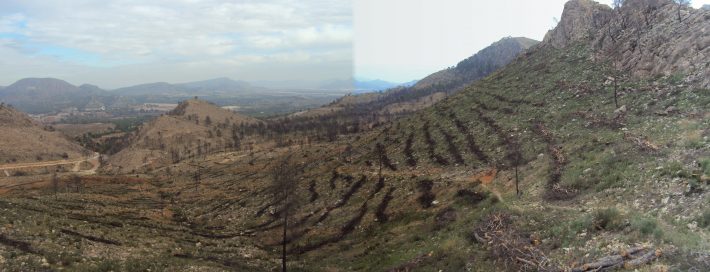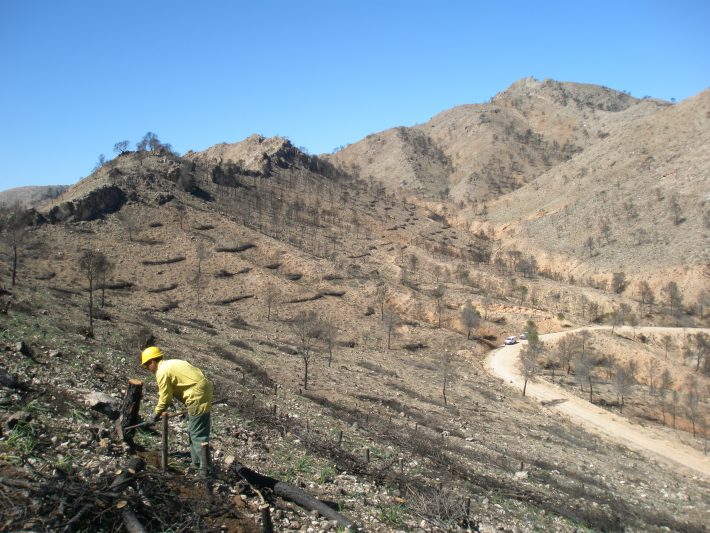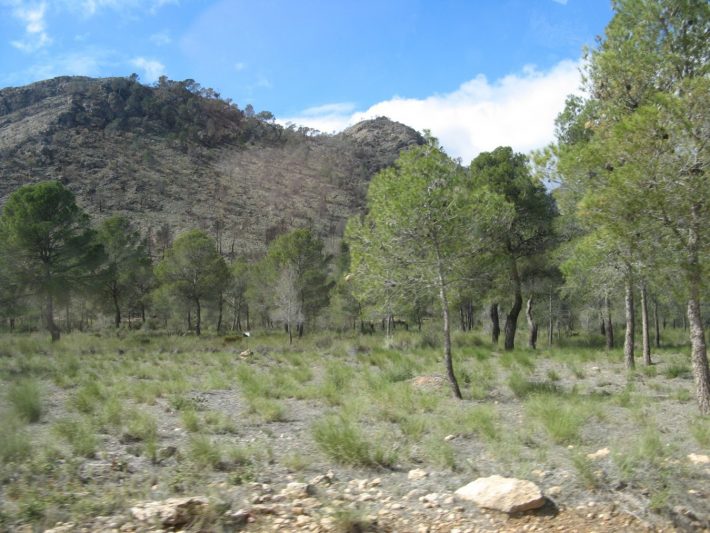Changes in ecosystem properties after postfire management strategies in wildfire affected Mediterranean forests
New research into Mediterranean forest fires finds that postfire management treatments can be effective in promoting multifunctionality and plant diversity. The findings are published in the Journal of Applied Ecology.

Forests provide many ecosystem functions and services to humankind, including wood resources, soil fertility, carbon sequestration, water regulation and waste decomposition. However, forests are highly vulnerable to global change drivers, such as increased fire intensity.
Over 40000 fires per year were reported between 2010 and 2016 in Greece, Spain, France, Italy and Portugal. On this context, advancing our knowledge on how ecosystem multifunctionality changes after wildfires is essential to maintain healthy and functional forest ecosystems. Moreover, learning more about how and why different post-fire managing strategies regulate the responses of multiple ecosystem functions after fires is of critical importance.

This research provides solid evidence that multifunctionality of Mediterranean forests ecosystems decreases after wildfires and post-fire management strategies, including log erosion barriers or contour felled log debris, significantly help to recover ecosystems multifunctionality in the short term (5 years after wildfires). Ecosystem soil properties including soil pH and carbonates or soil texture and plant composition and biodiversity are important environmental predictors of this pattern.
These findings demonstrate that multiple ecosystem functions are affected by wildfires in Mediterranean forests and show that postfire management treatments can promote multifunctionality and plant diversity. Our results unfold the potential of log erosion barriers and contour felled log debris as effective strategies for recovering community-level properties and forest functions in the short term.

You can read the full article for free (for a limited time) here:
https://besjournals.onlinelibrary.wiley.com/doi/10.1111/1365-2664.13819
Like what we stand for?
Support our mission and help develop the next generation of ecologists by donating to the British Ecological Society.